Late September 2020
Tordesillas, Spain (My new home!)
Dear everyone,
I hope this correspondence finds you in good spirits!
I’m in adjustment phase with my new home, it’s no terrace with gorgeous views overlooking the ocean, but it’s comfortable in its own right.
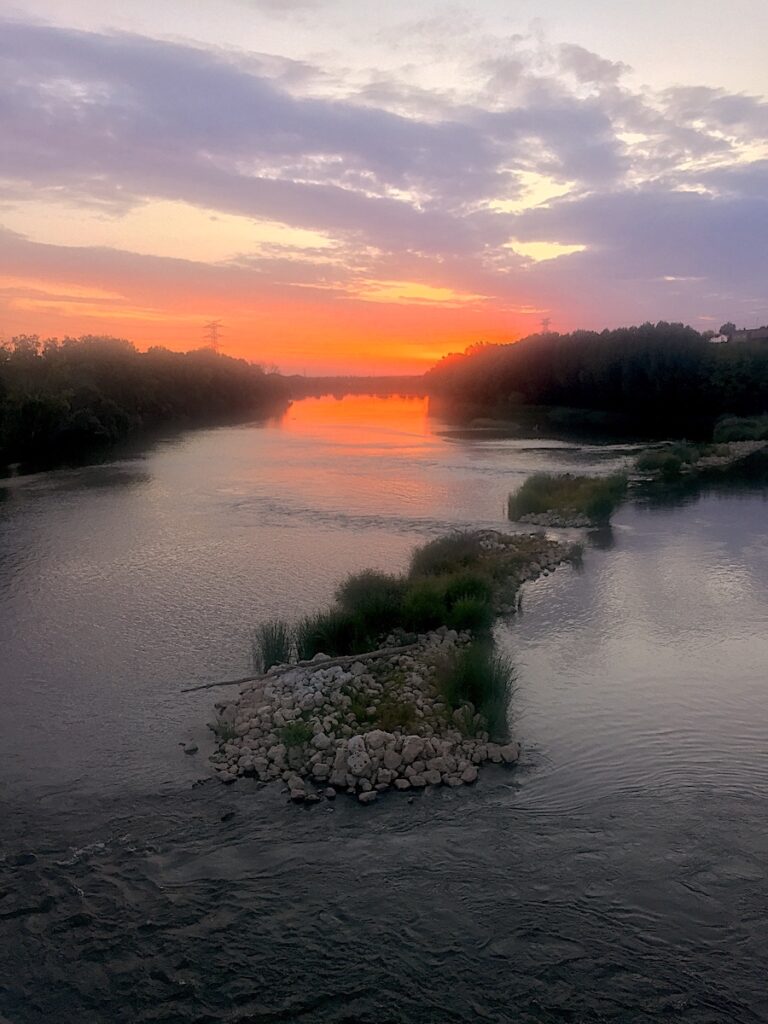
The sunsets over the Río Duero are spectacular and each evening the big sky fills with glorious colors– burnt oranges, deep reds, and whispers of pink.
I have gotten into the habit of taking a book out to read in the park that overlooks the river.
I often read before the spectacle of color begins, and sometimes I can’t help but listen in on the conversations around me – older folks talking about their aches and pains and, sadly, reports on who was most recently infected with Covid.
There are many cases here, many more than on Fuerteventura, and I feel a certain edginess about that. It’s strange to be in a Spain without besos and constant touch, but for now es lo que hay, I just hope Covid doesn’t change the Spanish cheek kisses forever!
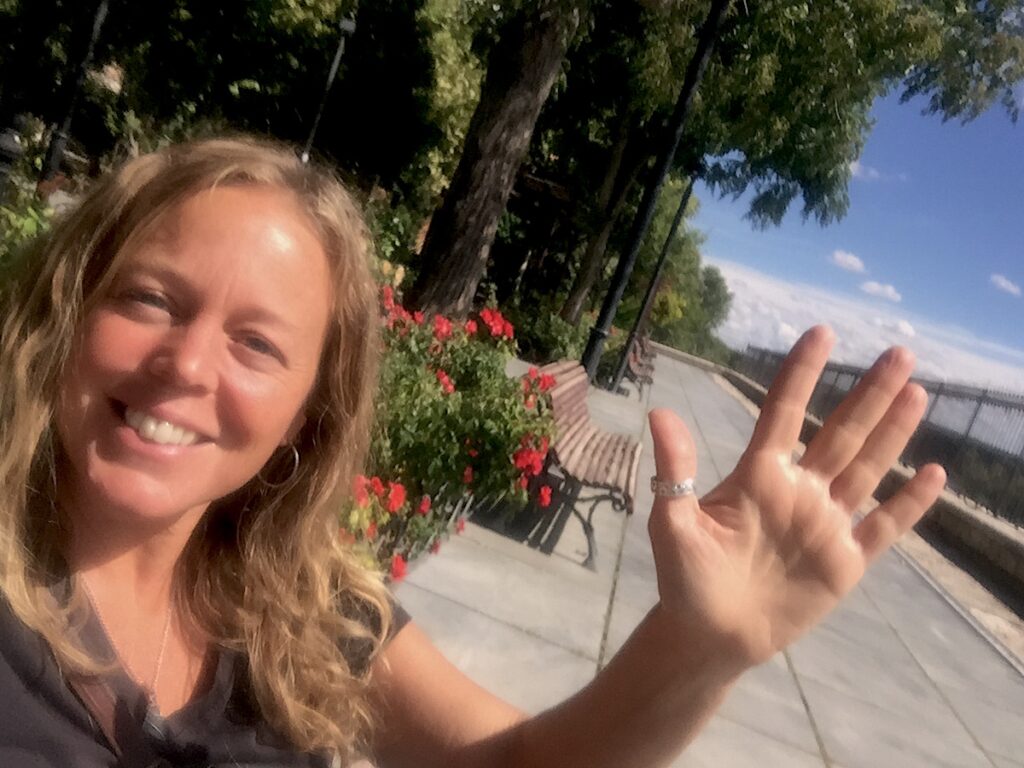
In all honesty I feel like a stranger in a strange land, again. I remind myself it’s all part of the process–I know, I know, I get it, I’m choosing this lifestyle–however it doesn’t make it any easier to start all over again.
I miss the new friends I was connecting with in Fuerteventura, I miss my family and my old friends in Oregon, in California, and other parts of the states, and Europe… can’t we all just meet in Tordesillas, Spain? I’m sure my new house is big enough for everyone to stay for a big slumber party!!— Wow, wouldn’t that be a blast!!— Damn, Covid strikes again, there’s no way to have that kind of party at this point!
I laugh at myself sometimes… or a lot of the times—because I see myself as so independent and a loner of sorts but then at the same time, I really WOULD love to have a huge slumber party with all the great people in my life who are scattered about here and there in this world. Oh, and by the way, I am gratefully meeting some new people here to invite to the slumber party, new connections, new humans to get to know.
One of my favorite humans here is a fellow American, Carly. We are both Language Assistants and we lived in Fuerteventura last year, and moved to mainland Spain this school session.

She lives up north in Asturias. I just got home from 4.5 days of a silly, giddy, goofy slumber party in her new flat in Gijón, Asturias.
Gijón is right on the beach! It’s in the north of Spain so it’s way colder than Fuerteventura but, it’s on the beach!
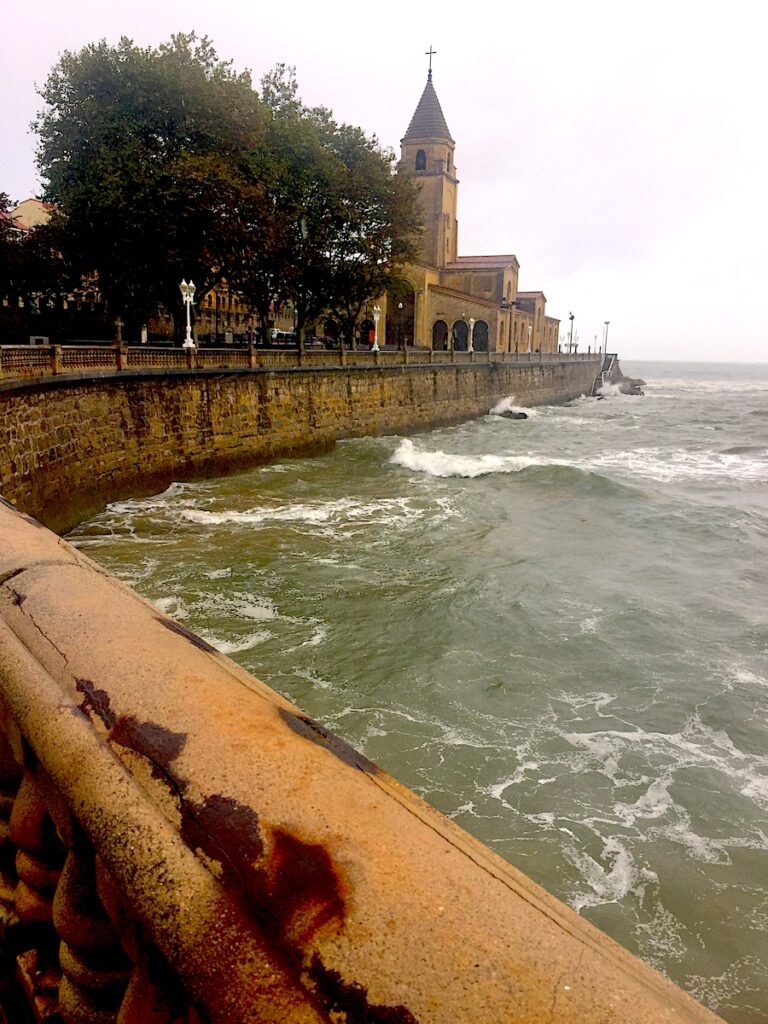
Between the wind and rain showers Carly and I found a moment to run down onto the sand. We tore off our shoes and our masks (you don’t have to wear a mask on the beach, but you must keep considerable social distance)—and we laughed, and photo bombed each other and were truly silly! That is what I miss more than almost anything else.
For me, being able to dance around, be silly, laugh and let loose is the best expression of myself! It’s also a challenge for me to “go there” — thanks Carly for allowing that side of me to come out.

Northern Spain— it’s vastly different from the stereotypical impressions I think many people have of Spain—of flamenco guitar and Sevillanas, the hot sun and Mediterranean beaches—Asturias is the Emerald Valley of Spain and the fierce sea crashing onto a rough coastline….
It is endless rolling hills of green, the towering mountains of the Picos de Europa, and the Cordillera Cantábrica which creates a natural border with the region of Castilla y Leon, the central plateau and breadbasket of Spain, where I currently reside.

Northern Asturias sits on the rugged coast of the Cantabrian Sea in the Southern-most section of the Bay of Biscay. The interior boasts an amazing display of mountainous geography that forms a weather-buffer protecting the region from the extreme heat that much of the rest of Spain is known for. Rain is common and so is the color of the deepest green imaginable. This is the astonishing color making up the majority of the spectacular vistas—that and crashing waves coming from a horizon looking off into infinity!
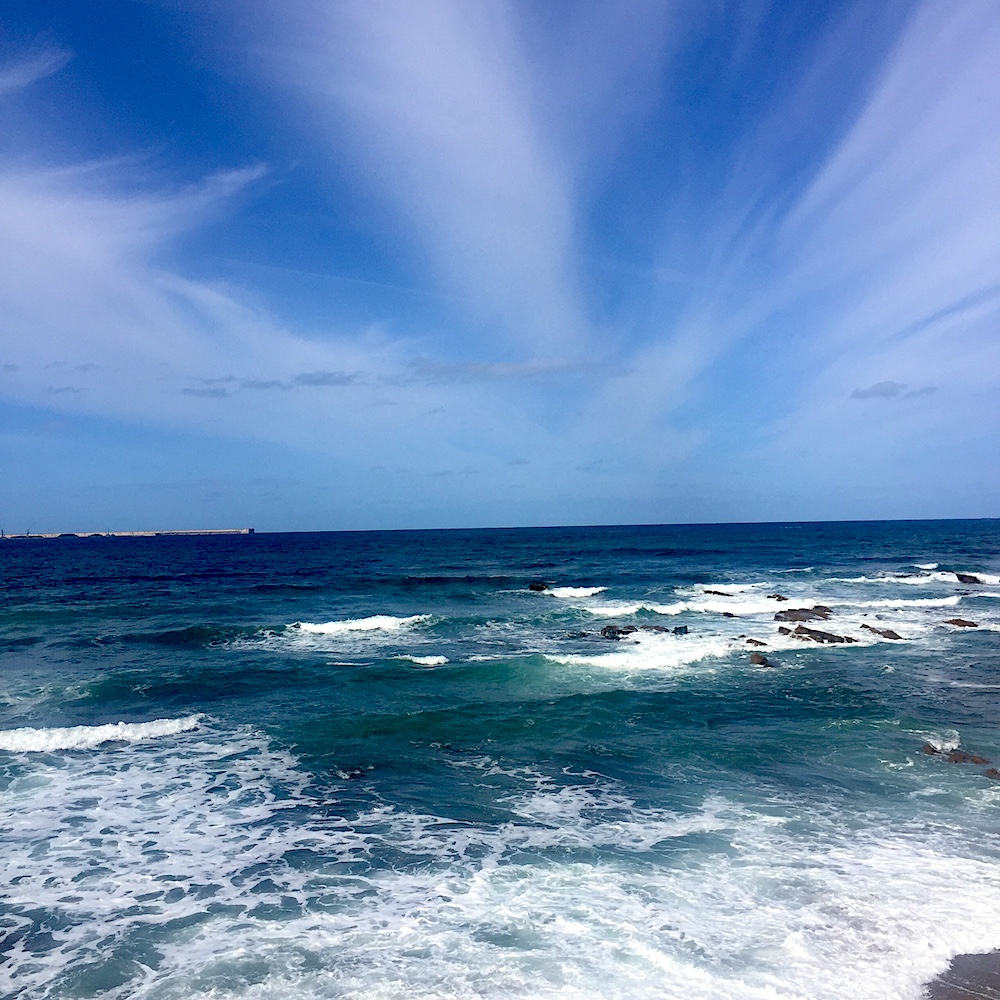

Sheep and cattle graze all along the rolling green hills, making Asturias known as the region of cheese.
One particular cheese I absolutely LOVED, is Cabrales. It’s as blue as the hills are green, and potent!
But, when accompanied with the traditional fermented apple beverage, sidra, the potency of the cheese and the slight acidic bite to the cider make for an explosion between pungent and sour that brighten up the taste-buds.
There is a WAY to pour and to drink sidra. I am no expert, but I sure had fun trying. It’s to be poured from above your head by stretching your right hand holding the bottle of cider. In your left hand the glass is held next to your knee as you pour the cider into the glass
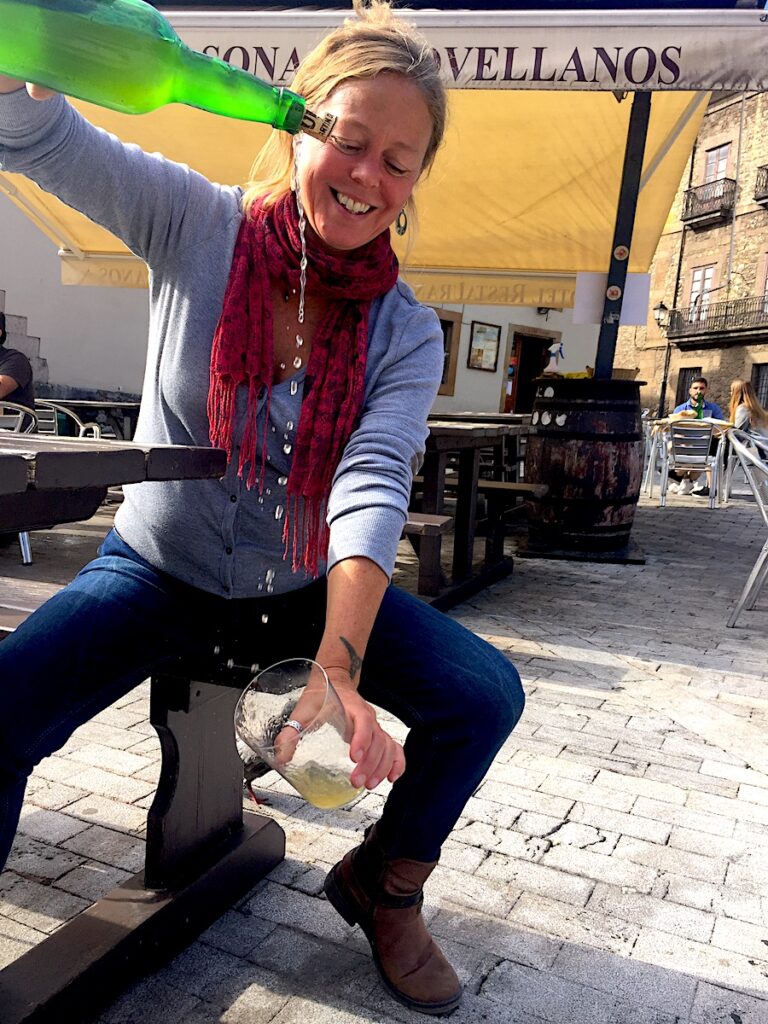
— it’s normal, if not impossible not to lose quite a bit of the delicious beverage to the ground, but the idea is that by pouring so high you create a foam as it hits the sides of the glass which also allows for oxygen to open up the flavors.
Don’t pour too much, just a culín or so at a time for you are supposed to drink it up in one trago!

Drinking cider is a social experience and in the times before Covid the glass was shared, and each person is to leave a residual of cider at the bottom of the glass so the next person can dump that out and start fresh.
Carly and I did not share a glass— again, like many traditions, I hope Covid doesn’t change these practices forever!
What to eat with sidra: Cabrales cheese, of course, a hearty plate of chorizo and a chunk of bread!
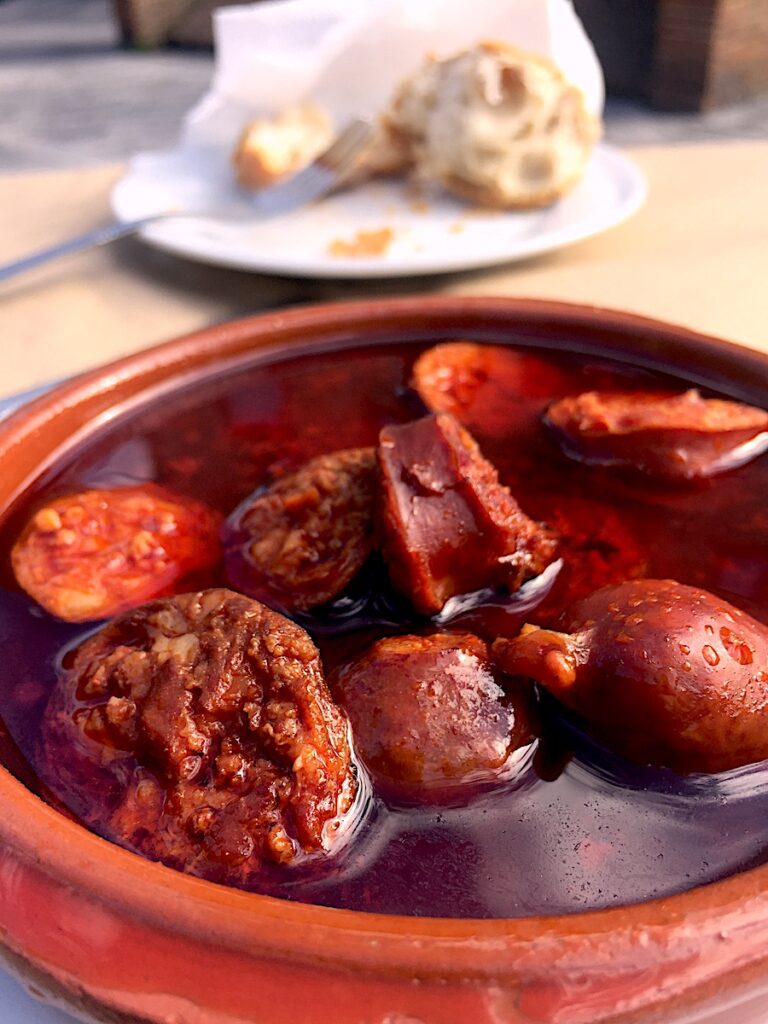
Cider is so important that at the entrance to town there is a tree of botellas de sidra!
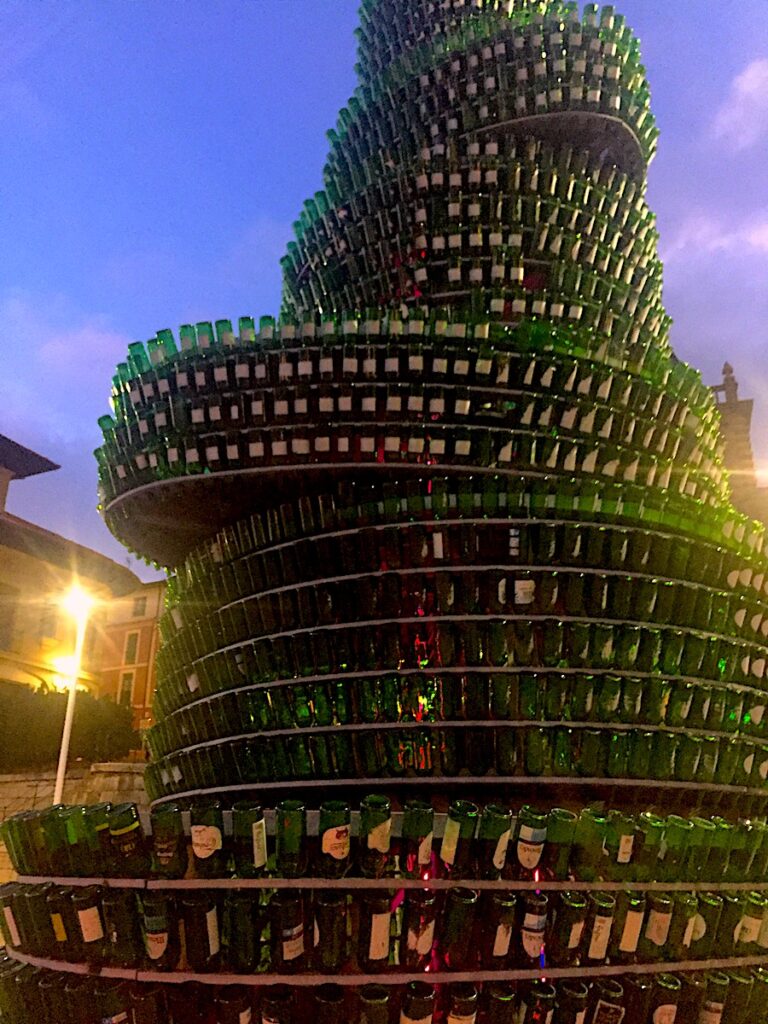
It was erected to inspire recycling, and what better bottle to use than the endless bottles of cider—a monument commemorating the importance of the beverage and its container.
One wet, rainy afternoon as I attempted a walk around town while Carly worked a few hours, I ran into a deluge.
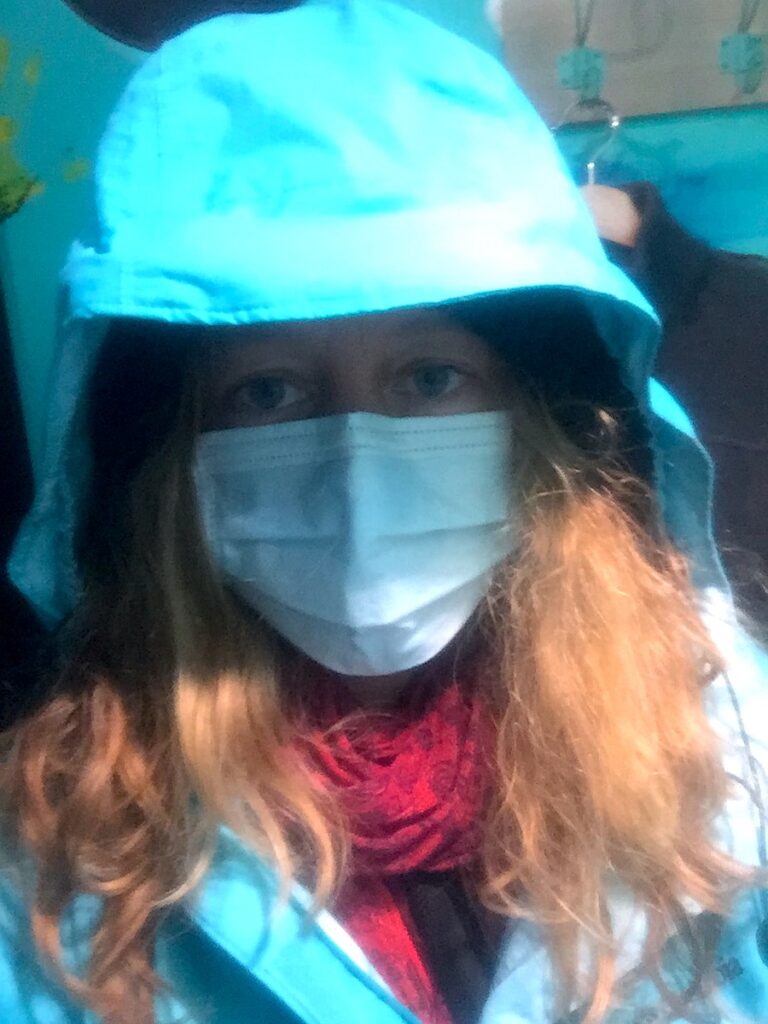
The buckets of rain forced me into in a chocolatería where I found solace in a cup of thick dark chocolate accompanied by a slice of almond cake, I was defeated by its richness and reluctantly left much of both behind.
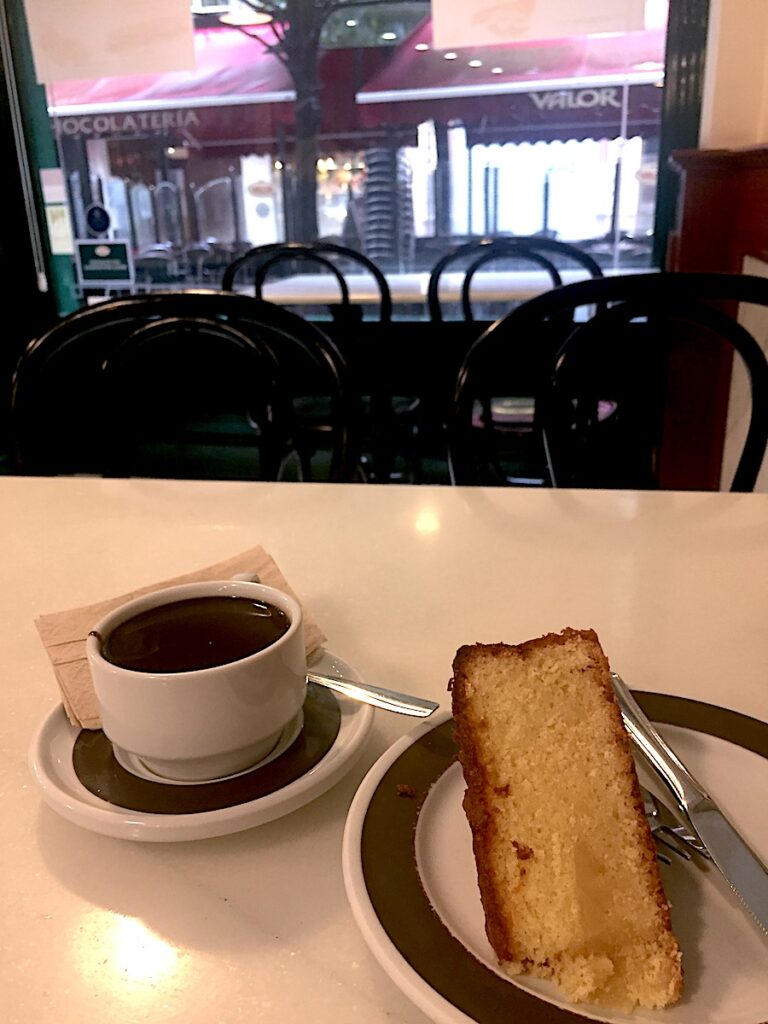

Waterlogged and chilled to the core, I returned to her piso.
Carly took one glance at me and exclaimed, “Fabada, let’s go!”
I quickly shucked off the wet clothes and changed into something dry. I followed her to the plaza mayor.

We dipped into a little restaurant and she ordered us a dish of comfort, Fabada. It warmed my frozen core. Its fluffy white beans, thick chunks of chorizo, morcilla, and jamón made for hearty goodness!
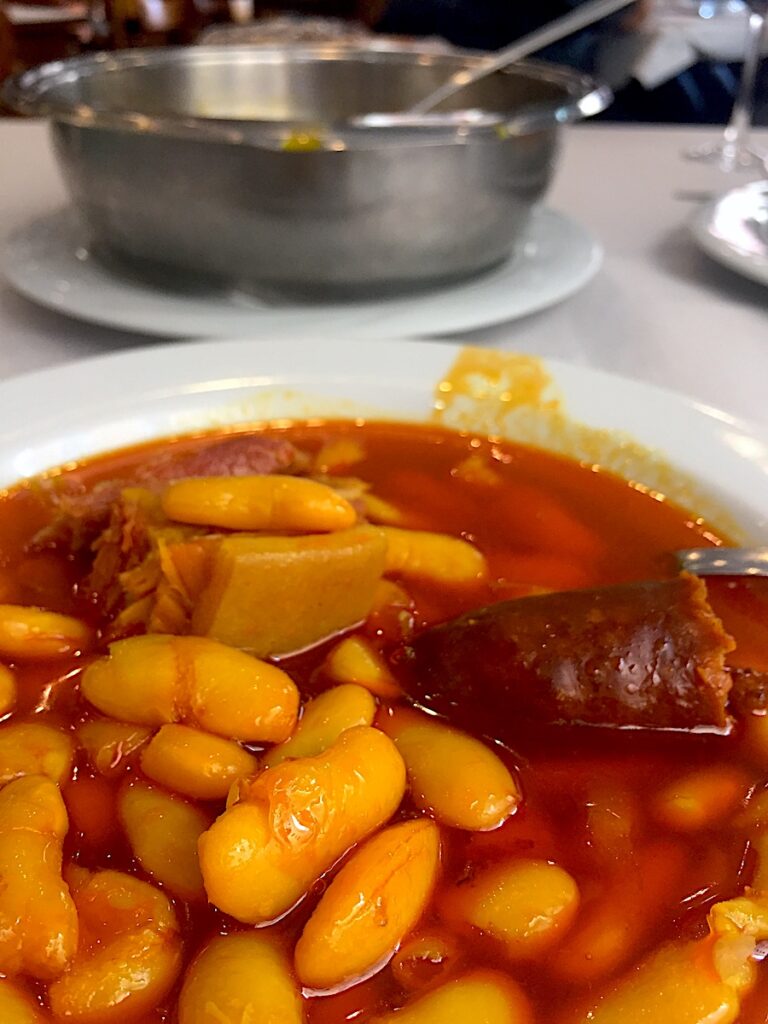
Thankfully we shared a portion— it’s usually ordered as a first plate and then the main course would follow.
To have finished the enormous tureen-serve on my own would have been an impossible challenge!!
It was delicious, however I am still reticent about eating morcilla, so Carly happily gobbled up the few pieces of blood sausage.
Asturias is also the sea, and Asturians carry the sea in their deepest fibers. I must return to indulge in the fruits of the ocean, but this was not the trip for that.
Thousands of young people emigrated to the Americas from Spain from the middle of the 19th century through the Civil War during the 1930’s. Asturians being a people of agriculture, fishing, and mining many were looking to better their lives, or to flee the war, and sought fortune and refuge in places such as Cuba, Mexico, and Argentina. For others, the US became a destination and West Virginia, and Pennsylvania mining areas received a good number of Asturian immigrants during the late 19th and early 20th century.
Some who left Spain returned with fortunes and built great mansions and started business and became landowners, these were the Indianos, the people who went to the Americas (the Indias, as it was once thought that these “new lands” were the Indias, not an entirely new continent!)
But, many, if not most never returned to their homeland. This diaspora, however, is not forgotten and in Gijón, sitting at the edge of the sea is the statue of a woman. This woman is the mother of all who have left and never returned.
She holds her hand out saying a final goodbye while she looks longingly out at sea. I was moved by this statue; it embodies the heartache that accompanies separation from loved ones. I took some quiet moments at the oceanside to reflect on my own queridos far away—not because they left, but because I did–but still, the longing is the same, the difference is, I will return, someday.
I think Carly is my connection to home and culture and like me she has also left loved ones behind. Plus, there is something in both of us that drives us, compels us to travel– we are of a kindred spirit.
I only spent a few short days in Gijón, there is much more to explore and learn about Northern Spain. I hope Covid will allow further travel, I keep hearing rumors the borders between regions will close, time will tell.
For now, I must rest, tomorrow begins my first day al nuevo colegio!
Hasta la próxima carta.
Muy cariñosamente,
Melanie
Spanish words and phrases:
besos–kisses
es lo que hay— it is what it is
Sevillanas— typical song and dance style from Andalucia
Picos de Europa— Peaks of Europe, mountain range in Cantabria and Asturias, extending a bit into León
Cordillera Cantábrica-– Mountain range extending across Northern Spain and joining up with the Pyrenees Mountains in the East
malecón— esplanade, boardwalk
sidra–cider
culín— a few drops, a shot
trago— gulp
botellas de sidra— bottles of cider
chocolatería— chocolate shop
piso — apartment, flat
queridos— loved ones
nuevo colegio— new school
Hasta la próxima carta— until the next letter
muy cariñosamente— lovingly
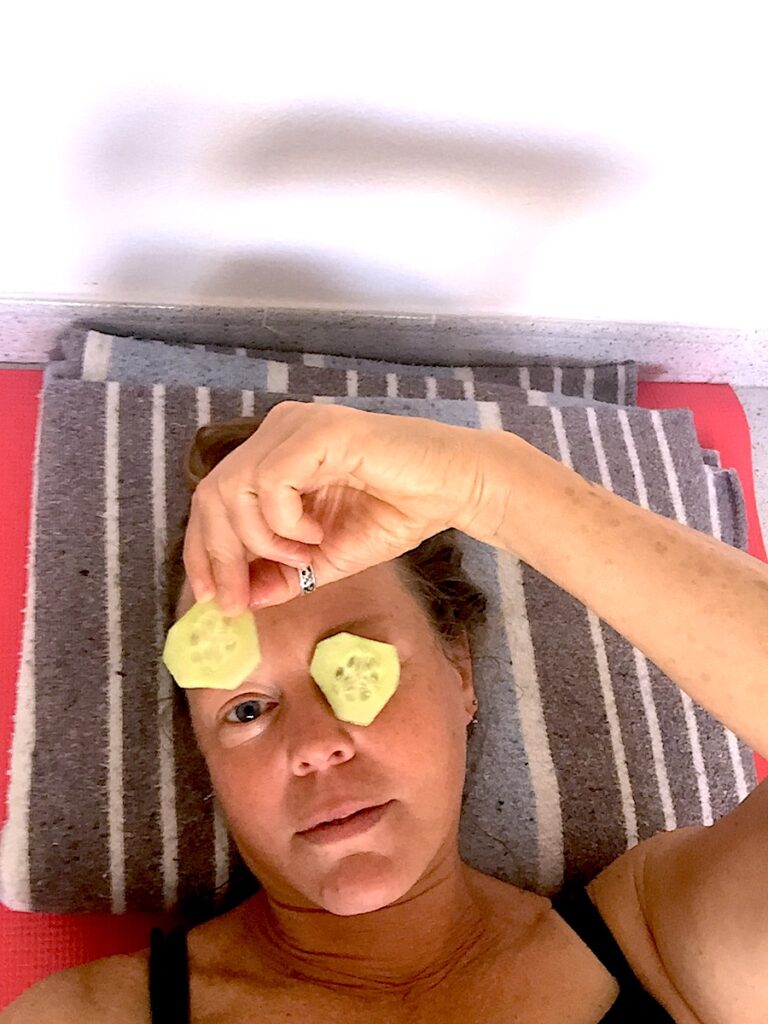
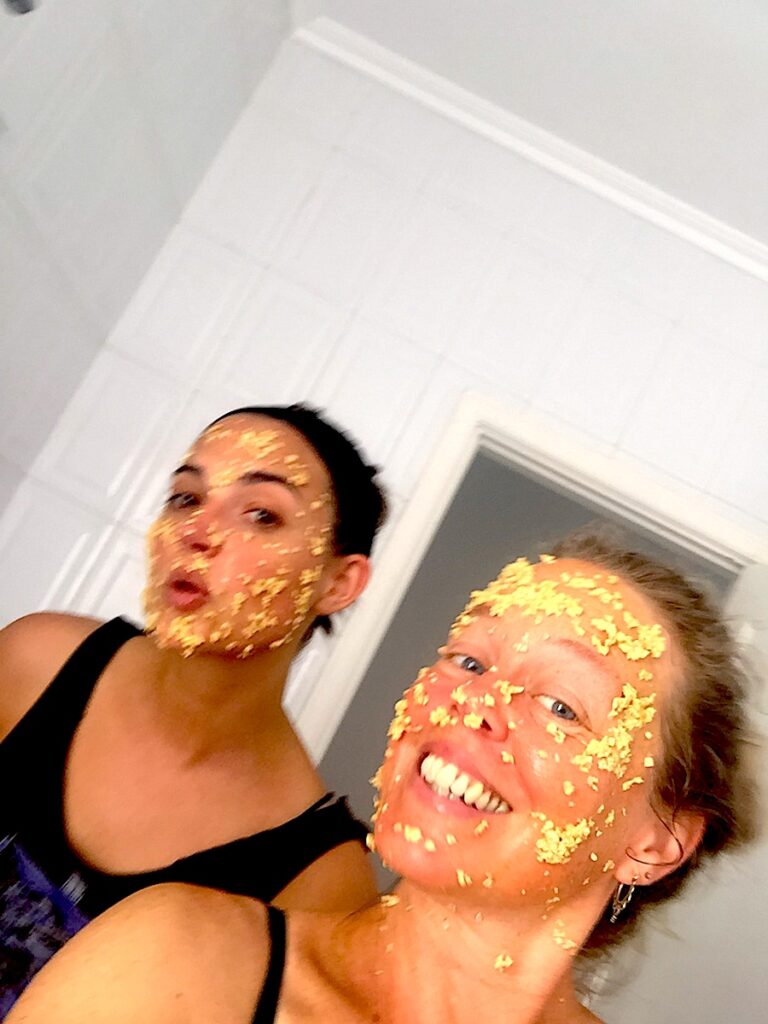

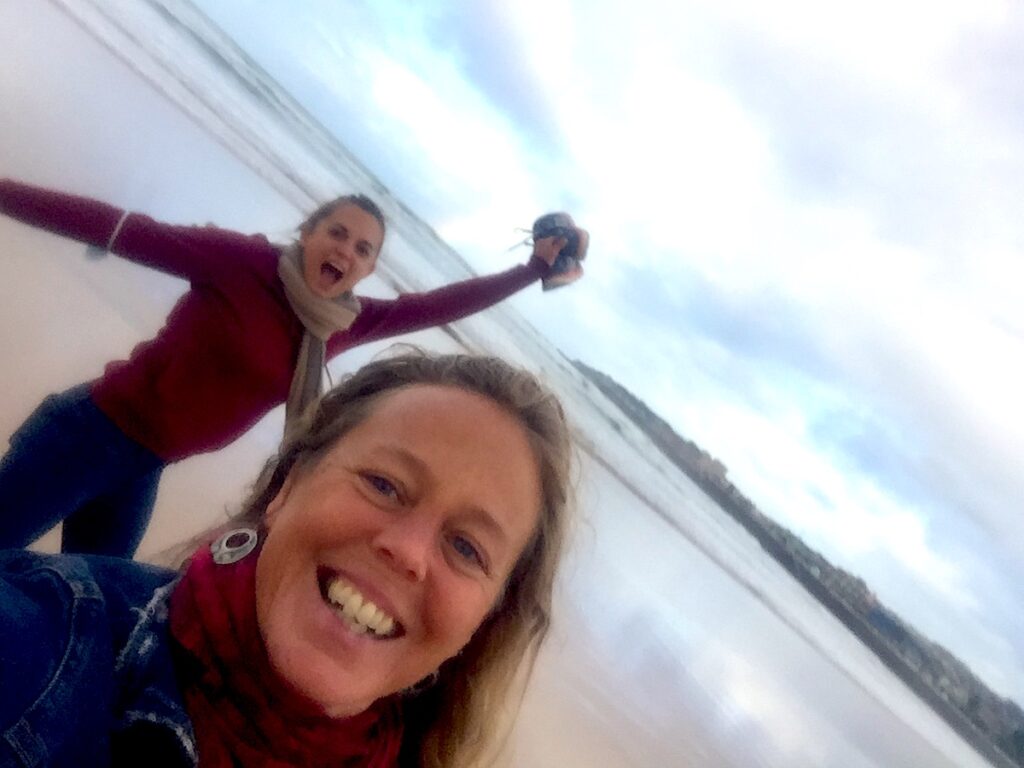
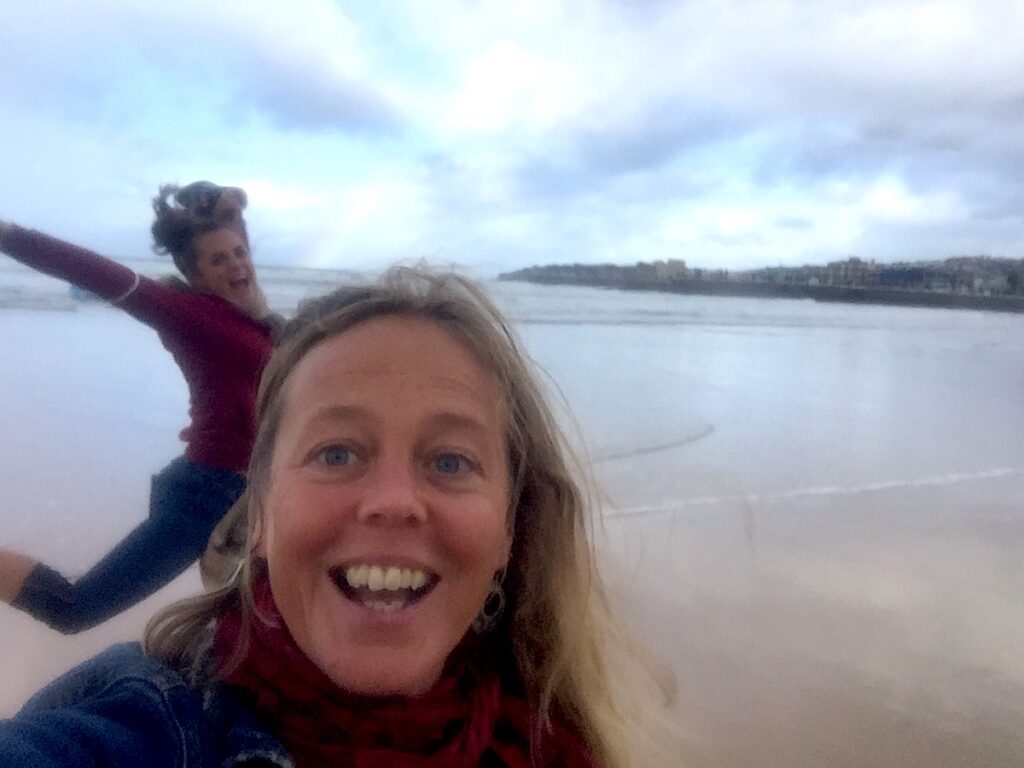
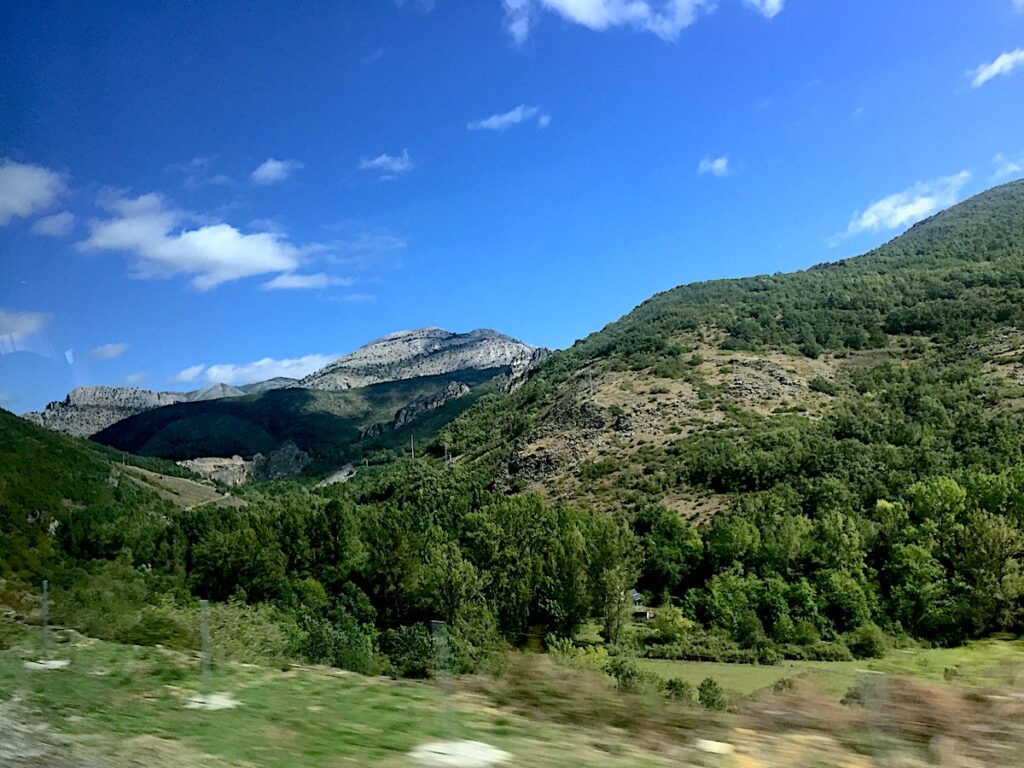
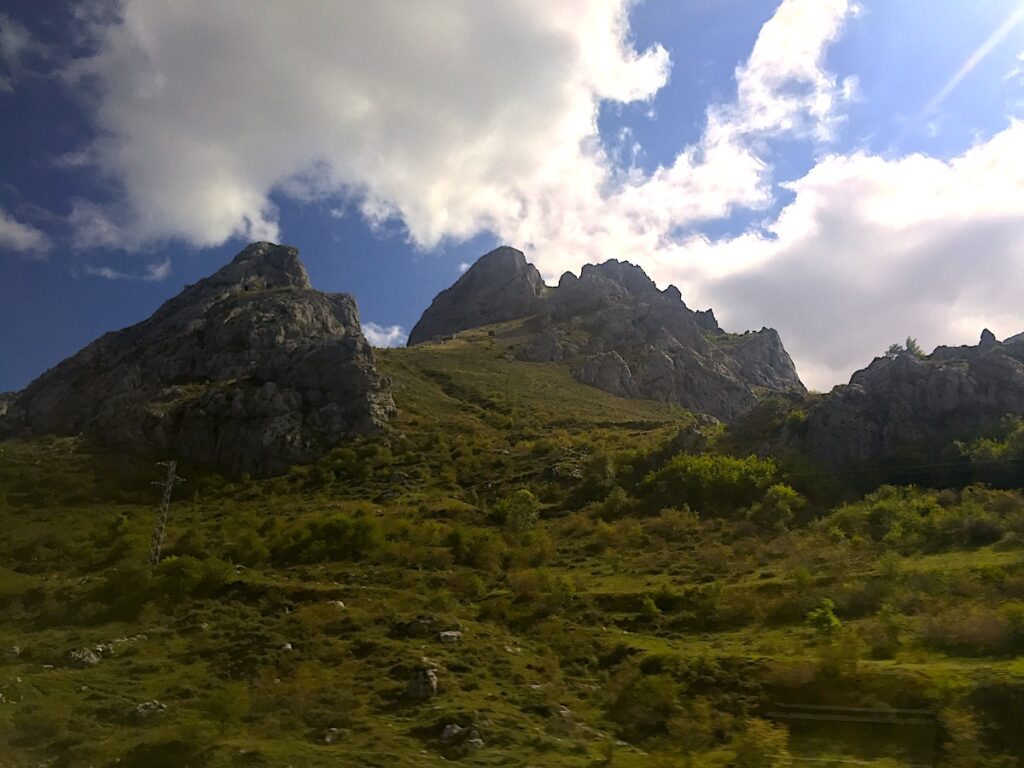
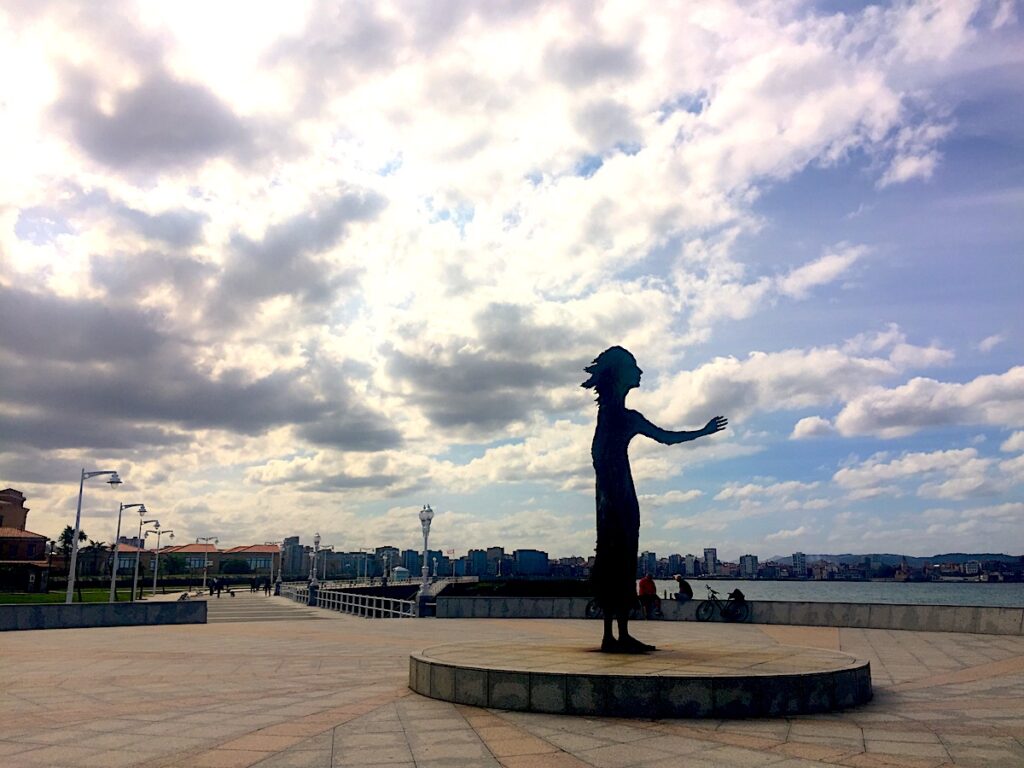

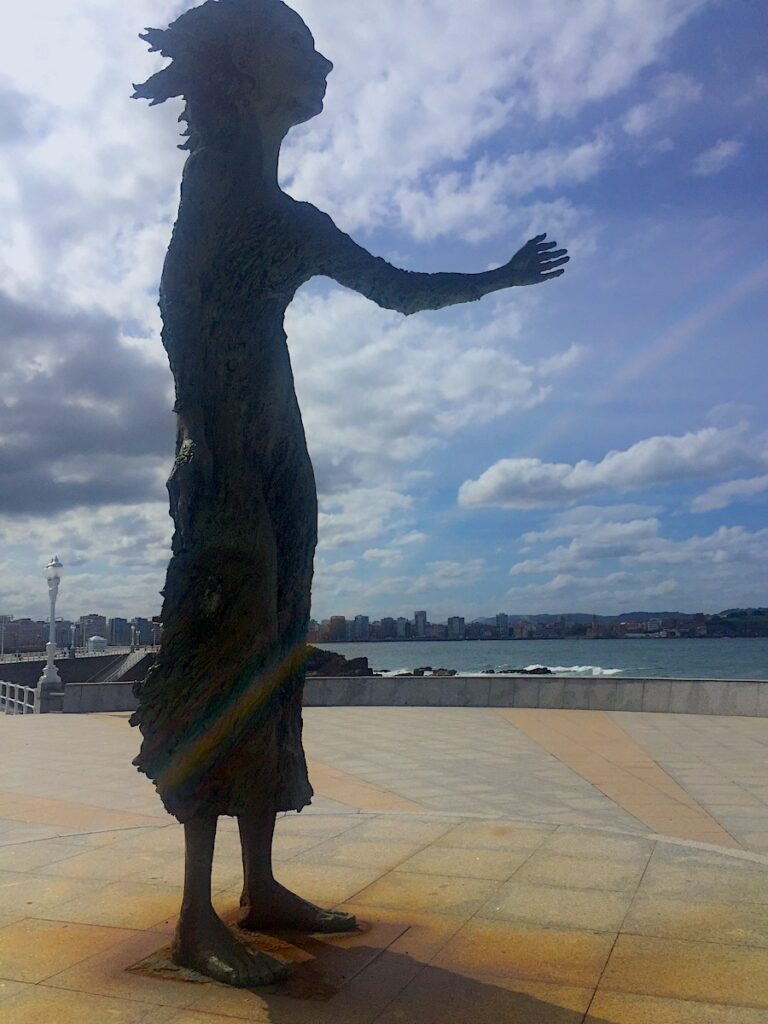
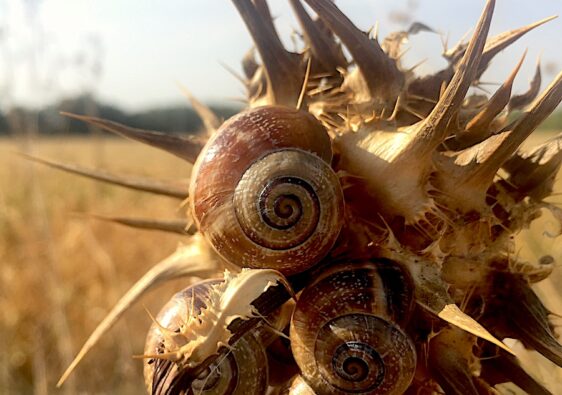
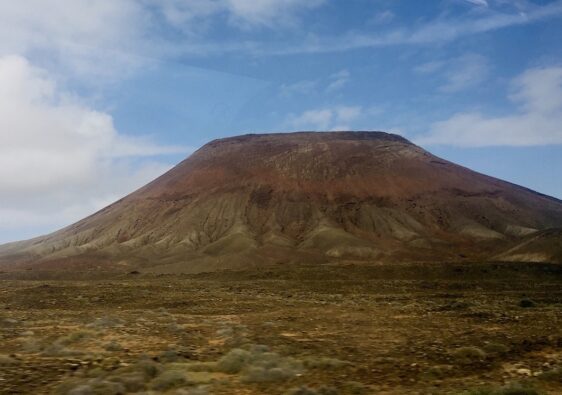
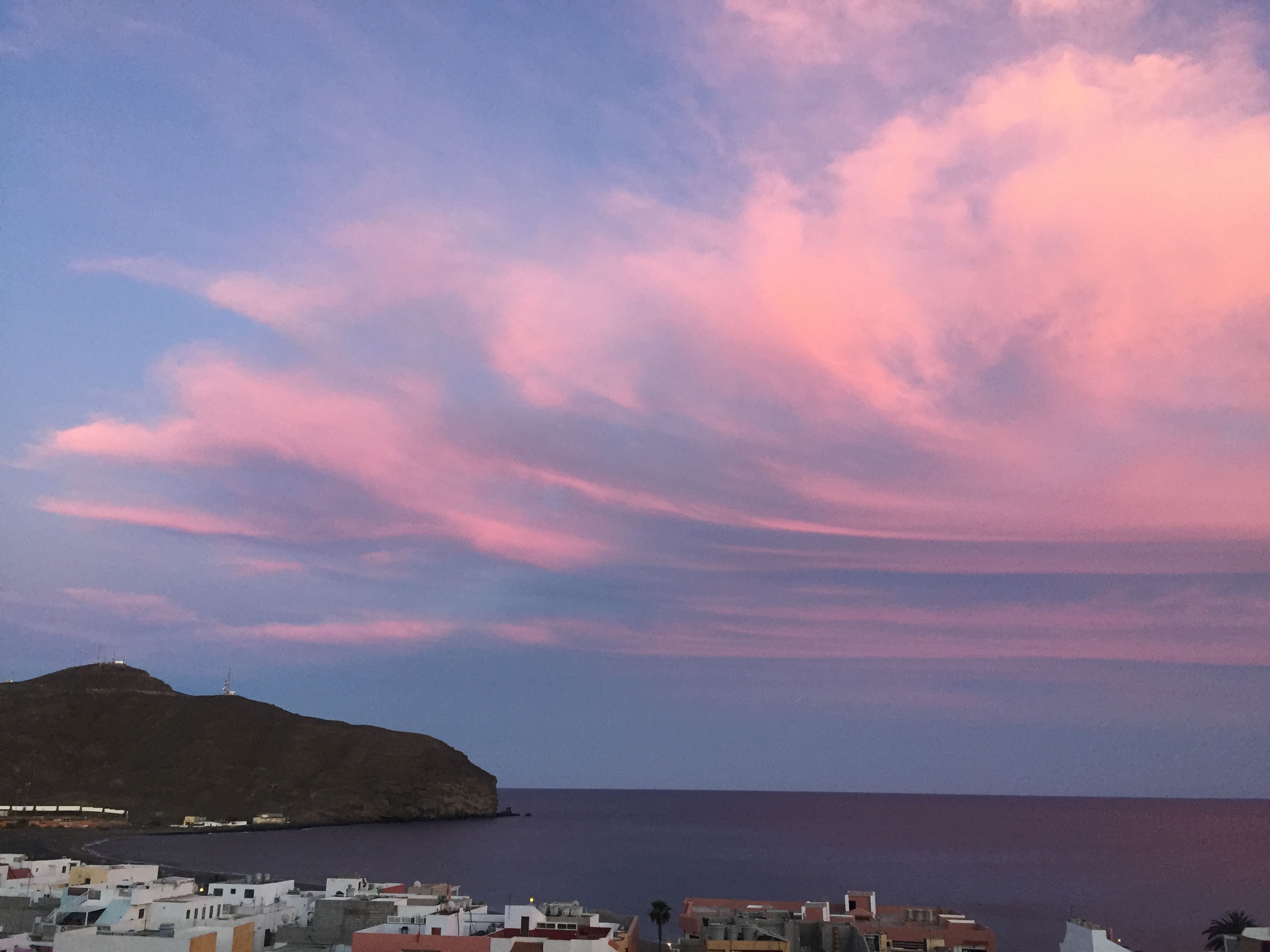
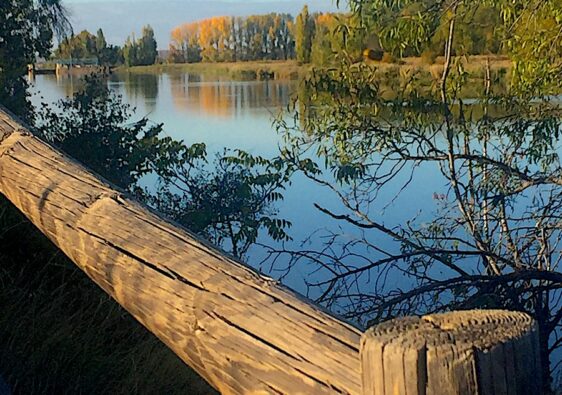
Oh, boy!! I am hungry just looking at those photos of chorizo y fabada!! It was such a fun visit, as always. You bring out that happy side of me too. Hasta la próxima. Keep writing, beautiful work <3
Looking forward to another visit! Thanks for reading, and thanks for helping me create fun material!